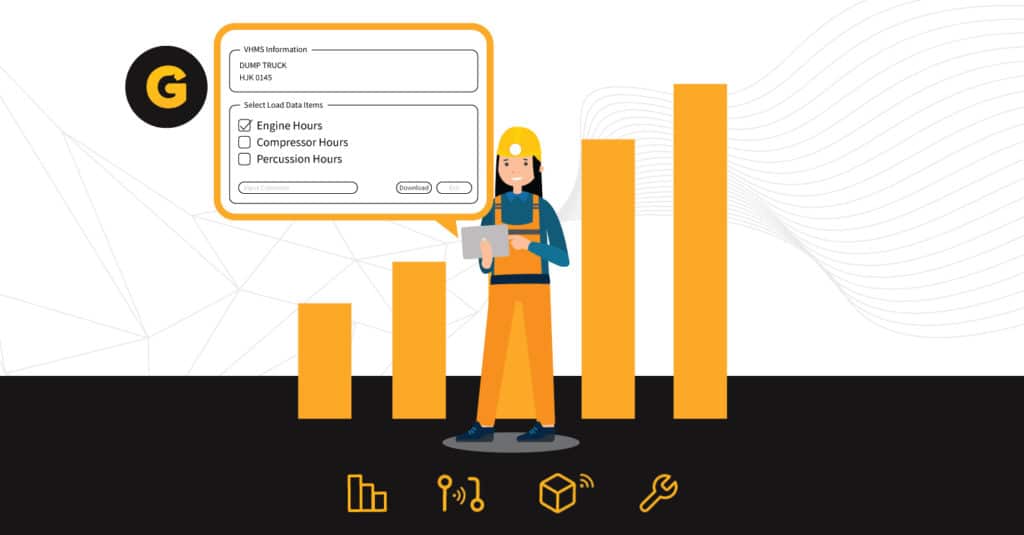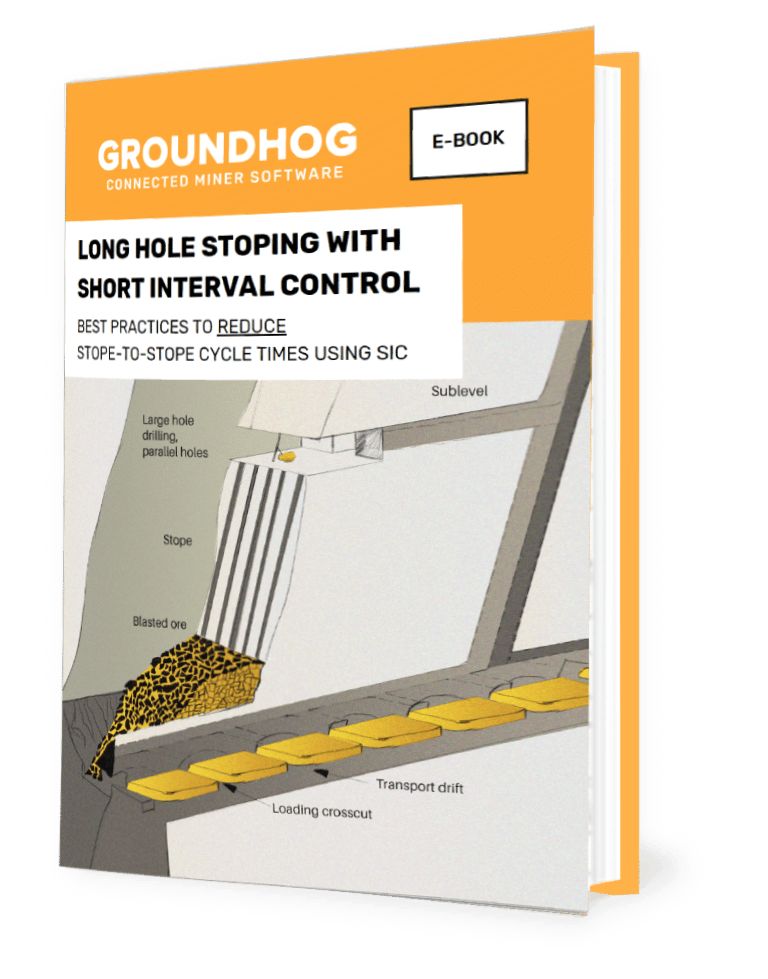Mines have been leveraging fleet management systems (FMS) and telemetry data for decades. They set out to optimize haulage, with the goal of productivity improvements and safety enhancements, but as technologies continued to advance, mines were realizing that good telemetry data and a robust FMS can provide much more than just production-related tasks, or equipment tracking. They can be used to improve operator performance. Proven productivity improvements of 4-35% have been found to be common after implementation of a FMS. But as technologies continue to advance the way we talk with our machines, mines are discovering that there is a gold mine of raw data that can bolster operator performance.
As a company who is deeply involved in the mining industry, we have witnessed the transformative power that operator performance can have on overall operations. Here are some direct benefits of advancing your operators’ performance:
- Increased safety measures
- Elevated operator effectiveness
- Enhanced machine uptime
- Reduced wear and tear on mining equipment

Enhancing safety through effective mining operator performance and behavior
Safety is the bedrock of any mining operation, and fleet management systems contribute significantly to providing you with a secure work environment. These systems promote effective operator performance by giving you the ability to manage fatigue. Systems can take your telemetry data and integrate with fatigue alert systems that can even enforce mandatory breaks, ensuring that operators are well-rested and alert while operating heavy machinery. This proactive approach goes a long way to mitigate the risk of accidents caused by operator fatigue.
Fleet management systems encourage the use of seatbelts by alerting operators and superintendents if they are not properly secured. Seatbelt compliance greatly reduces the likelihood of injuries in case of sudden stops or accidents. In addition to seatbelts, personnel tracking is another valuable safety practice facilitated by telemetry data and proximity technologies. These systems provide real-time location information of operators, enabling swift response in case of emergencies or evacuation procedures. Having this level of visibility enhances overall safety measures and ensures timely assistance when needed.
One of the key benefits of real-time telemetry and sensor data is that it gives you the ability to incorporate proximity and collision avoidance technologies, leveraging advanced sensors and telematics, to alert operators that they are nearing a potential hazard. Visual and audible warnings notify operators when other vehicles or personnel are within a specified range,
reducing the risk of accidents and collisions. This technology acts as an additional set of eyes for operators, correcting their behavior, enhancing situational awareness, and promoting safer working conditions.
Improving machine uptime and reducing wear and tear with operator performance
Fleet management systems not only prioritize safety but also optimize machine performance and longevity. By monitoring operator behavior, such as excessive idling, harsh acceleration or braking, and improper equipment usage, these systems provide valuable insights to enhance operational efficiency. Operators can receive real-time feedback on their performance and make adjustments accordingly, minimizing unnecessary wear and tear on mining equipment. This proactive approach ensures that machines operate at their optimal levels, leading to increased uptime, reduced maintenance costs, and improved overall productivity.
In conclusion, telemetry data and fleet management systems have ushered in a new era of elevated operator behavior. By leveraging intelligent solutions, mining operations can enhance operator performance, empowering them to take charge of the way they do their job, every day. The ability to monitor operator performance, implement safety practices such as fatigue management and seatbelt compliance, and incorporate proximity and collision avoidance technologies significantly minimizes risks and improves overall operational efficiency.
Embracing technology and moving towards digitization on your mine site is a strategic investment that paves the way for a safer, more efficient, and profitable mining operation.
To learn about telemetry – https://groundhogapps.com/groundhog-mining-fleet-management/


